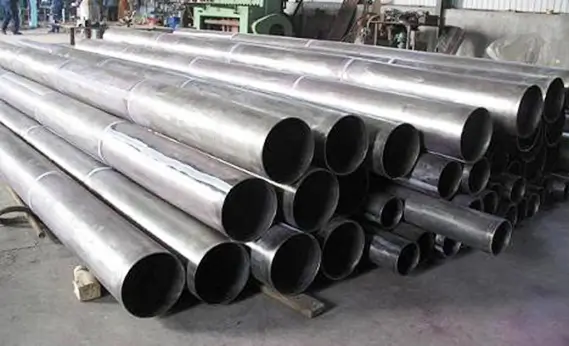In the steel industry, endtoend visibility in supply chains is crucial for optimizing operations, improving decisionmaking, and mitigating risks. Enhanced visibility allows businesses to track materials, monitor performance, and respond swiftly to disruptions. This blog delves into effective strategies for enhancing endtoend visibility in steel supply chains, offering practical insights and actionable steps to achieve greater transparency and efficiency.
1. Understanding the Importance of EndtoEnd Visibility
RealTime Data: Access to realtime data enables informed decisionmaking by providing accurate information on inventory levels, production status, and shipment tracking.
Predictive Analytics: Enhanced visibility supports predictive analytics, helping anticipate potential issues and plan accordingly.
b. Increased Efficiency
Streamlined Operations: Visibility across the supply chain helps identify bottlenecks, reduce lead times, and improve overall operational efficiency.
Cost Reduction: By monitoring every stage of the supply chain, businesses can minimize excess inventory, reduce waste, and optimize transportation.
c. Risk Management
Proactive Response: Realtime visibility allows for early identification of disruptions, enabling prompt responses to mitigate potential impacts.
Compliance and Quality: Ensuring compliance with regulations and maintaining quality standards through transparent monitoring and reporting.
2. Strategies for Enhancing EndtoEnd Visibility
a. Implement Advanced Technology
1. Supply Chain Management Software:
Integration: Use integrated supply chain management (SCM) software to connect different stages of the supply chain, providing a unified view of operations.
Features: Look for features such as realtime tracking, data analytics, and automated alerts to enhance visibility and manage exceptions.
2. Internet of Things (IoT):
Sensors and Devices: Deploy IoT sensors and devices to track and monitor materials, equipment, and shipments in real time.
Data Collection: Utilize IoTgenerated data to gain insights into supply chain performance and identify areas for improvement.
b. Enhance Data Sharing and Collaboration
1. Collaborate with Suppliers and Partners:
Information Sharing: Foster open communication and data sharing with suppliers, logistics providers, and other partners to improve coordination and transparency.
Collaborative Platforms: Use collaborative platforms and portals to facilitate seamless information exchange and joint problemsolving.
2. Standardize Data Formats:
Consistency: Implement standardized data formats and protocols to ensure consistency and accuracy across the supply chain.
Integration: Ensure that data from different sources can be easily integrated and analyzed to provide a comprehensive view.
c. Utilize RealTime Tracking and Analytics
1. RealTime Tracking:
Visibility Tools: Implement tracking tools and technologies to monitor the location and status of materials, shipments, and inventory in real time.
Alerts and Notifications: Set up automated alerts and notifications for key events, such as delays or deviations from the planned schedule.
2. Data Analytics:
Performance Metrics: Use analytics tools to track and analyze key performance metrics, such as lead times, order accuracy, and supplier performance.
Trend Analysis: Identify trends and patterns to make datadriven decisions and optimize supply chain processes.
d. Invest in Employee Training and Development
1. Training Programs:
Skill Development: Provide training programs to enhance employees’ skills in using supply chain technologies and tools.
Best Practices: Educate staff on best practices for maintaining visibility and responding to supply chain challenges.
2. Continuous Improvement:
Feedback Mechanisms: Establish feedback mechanisms to gather input from employees on visibilityrelated challenges and areas for improvement.
Ongoing Learning: Encourage continuous learning and adaptation to evolving technologies and practices.
3. Regular Review and Optimization
a. Periodic Audits:
Review Processes: Conduct regular audits of supply chain processes to assess visibility and identify opportunities for improvement.
Adjustments: Make necessary adjustments based on audit findings to enhance visibility and efficiency.
b. Performance Monitoring:
KPIs: Monitor key performance indicators (KPIs) related to supply chain visibility, such as data accuracy, response times, and operational efficiency.
Benchmarking: Compare performance against industry benchmarks to identify areas where visibility can be further improved.
Enhancing endtoend visibility in steel supply chains is essential for driving efficiency, improving decisionmaking, and managing risks. By implementing advanced technologies, fostering collaboration, utilizing realtime tracking and analytics, investing in employee training, and regularly reviewing processes, businesses can achieve greater transparency and resilience in their supply chains. Embracing these strategies will not only optimize operations but also strengthen your competitive edge in the dynamic steel industry.




